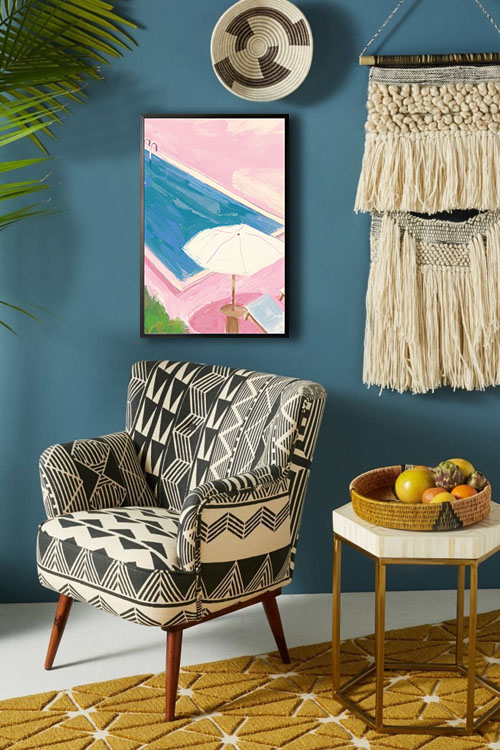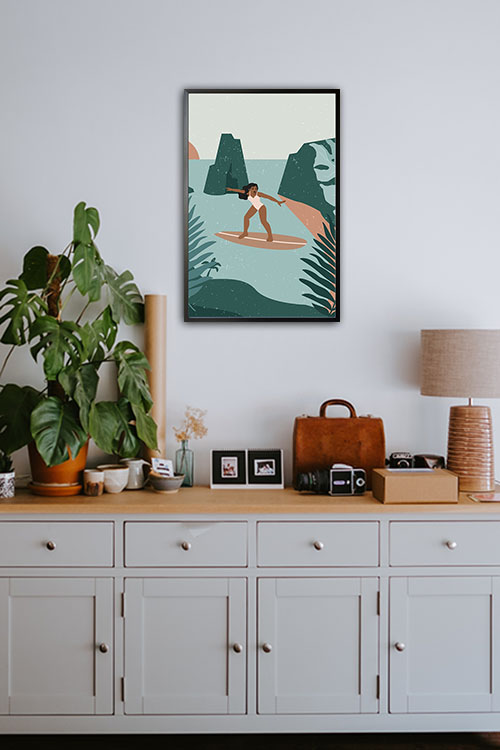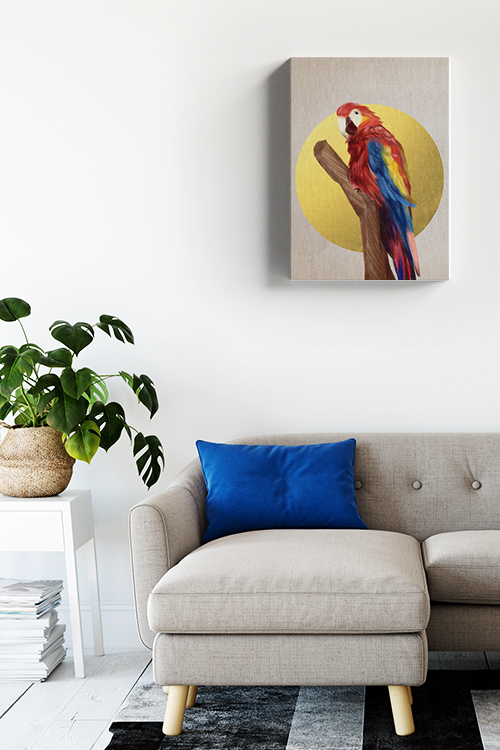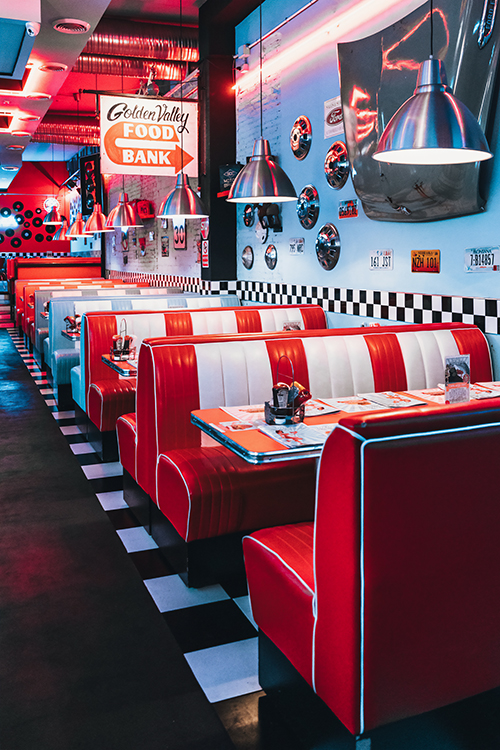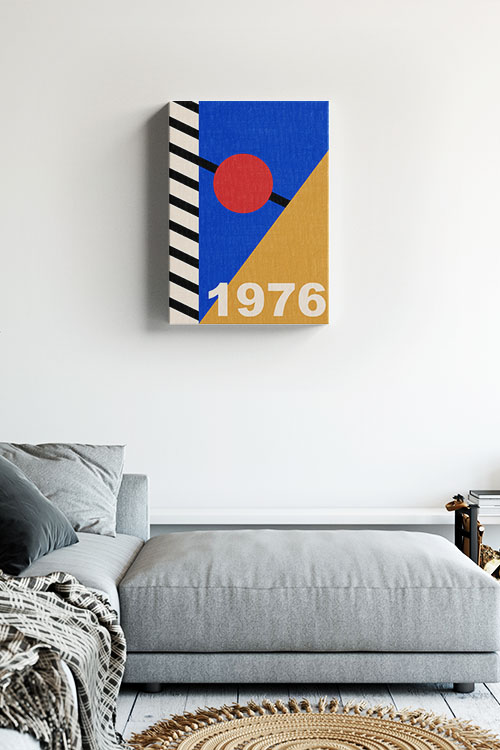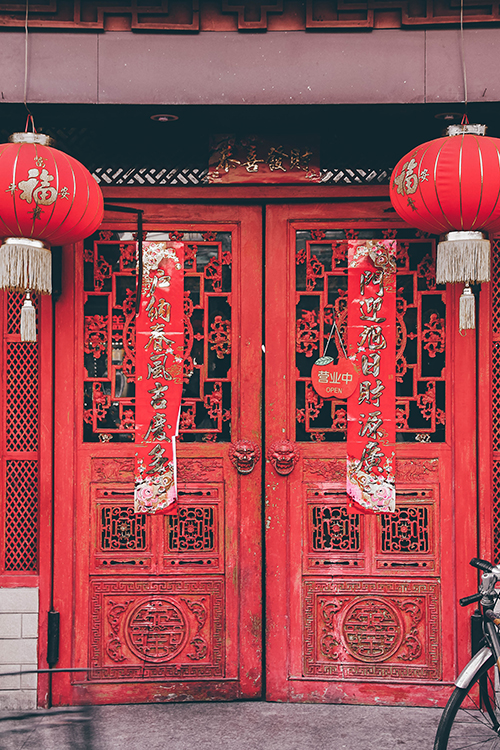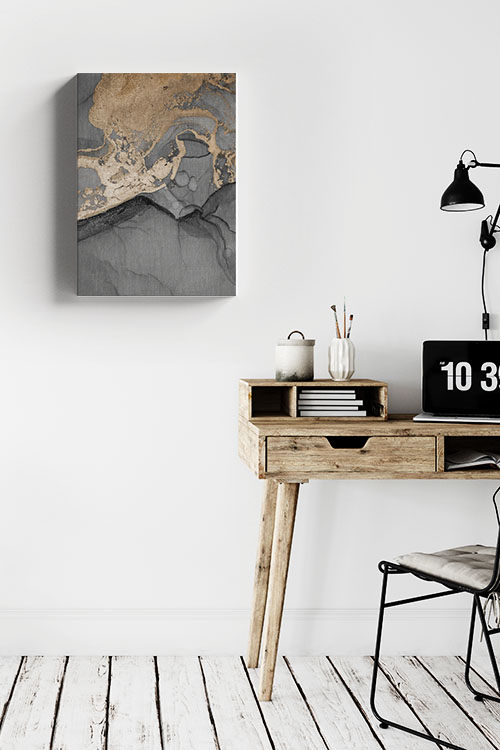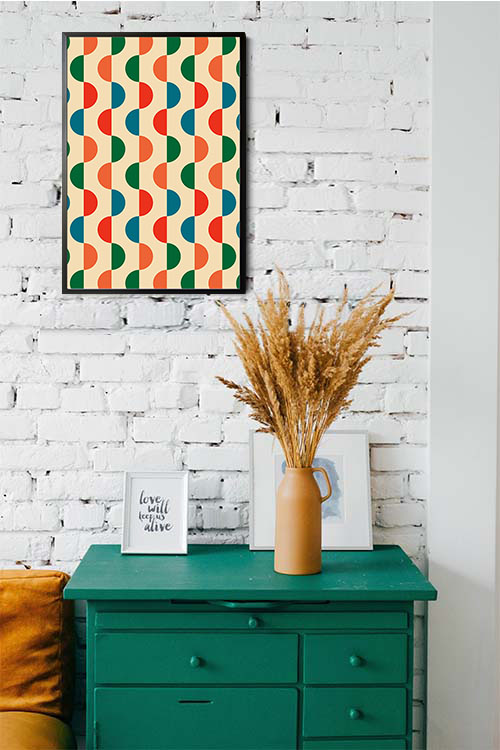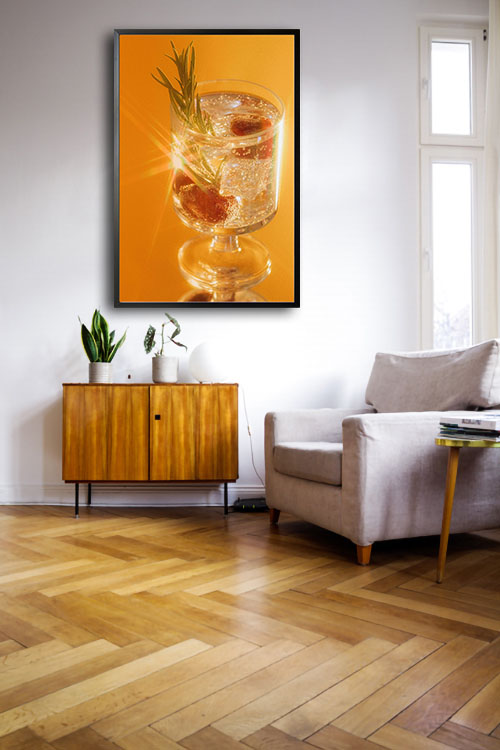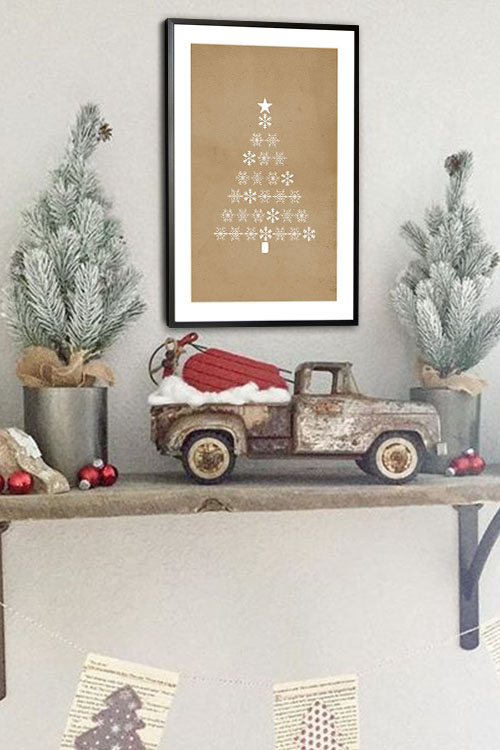
The holidays are a time to gather with loved ones, share meals, and create memories. Your dining room often becomes the centerpiece of these celebrations, making it essential to style it in a way that feels festive, welcoming, and reflective of the season. Here’s how to transform your dining space into a holiday wonderland that impresses your guests and enhances the festive spirit.
1. Choose a Theme
Start by selecting a theme to guide your design choices. Popular holiday themes include:
- Traditional: Classic reds, greens, and gold with evergreen garlands and plaid patterns.
- Winter Wonderland: A palette of whites, silvers, and blues with snowflake motifs and frosted accents.
- Rustic Charm: Natural textures like wood, burlap, and greenery paired with warm tones.
- Modern Elegance: Minimalistic decor with metallic finishes and monochromatic color schemes.
Your theme sets the tone for the rest of your styling, ensuring a cohesive and polished look.
2. Create a Stunning Tablescape
The dining table is the room’s focal point, so make it a showstopper.
- Table Linens: Layer your table with a festive tablecloth, runner, or placemats that complement your theme. For added dimension, mix textures like velvet, linen, or lace.
- Centerpiece: Craft a captivating centerpiece with candles, greenery, ornaments, or flowers. Use varying heights and textures to create visual interest. For a dramatic touch, add fairy lights or LED candles for a soft, glowing effect.
- Place Settings: Dress each place setting with elegant dinnerware, chargers, and cloth napkins. For a sophisticated touch, add personal touches like name cards, small ornaments, or rosemary sprigs.
3. Enhance with Lighting
Lighting plays a crucial role in setting the mood.
- Dim overhead lights to create a cozy ambiance and let candles or string lights provide a warm glow.
- Add statement lighting, like a holiday-themed chandelier decoration or pendant garland, to draw attention to your dining table.
4. Incorporate Seasonal Decor
Extend your holiday decor beyond the table to the rest of the dining room.
- Walls and Windows: For an added touch of whimsy, hang wreaths, garlands, or festive art on the walls. Drape string lights or snowflake decals on the windows.
- Chairs: Adorn chair backs with ribbons, small wreaths, or bows that match your theme.
- Sideboards and Shelves: Use these spaces to display seasonal accents like figurines, candles, or bowls of ornaments.
5. Bring in Natural Elements
Incorporating natural elements like pinecones, fresh greenery, or dried oranges adds warmth and texture to your decor. Arrange them in bowls, garlands, or centerpieces for an organic, timeless look.
6. Add a Festive Fragrance
Set the holiday mood with seasonal scents. Light candles or use diffusers with fragrances like cinnamon, pine, or peppermint. The scent will enhance the atmosphere and make the space even more inviting.
7. Keep Comfort in Mind
While aesthetics are important, comfort is key. Ensure the dining chairs are cozy and have enough space for guests to move around comfortably. Keep table decor low enough for easy conversation across the table.
In a Nutshell
Once everything is set, step back and view your dining room. Adjust any elements to ensure balance and flow. With a thoughtfully styled dining room, you’ll create a festive environment that delights your guests and sets the stage for unforgettable holiday gatherings.
